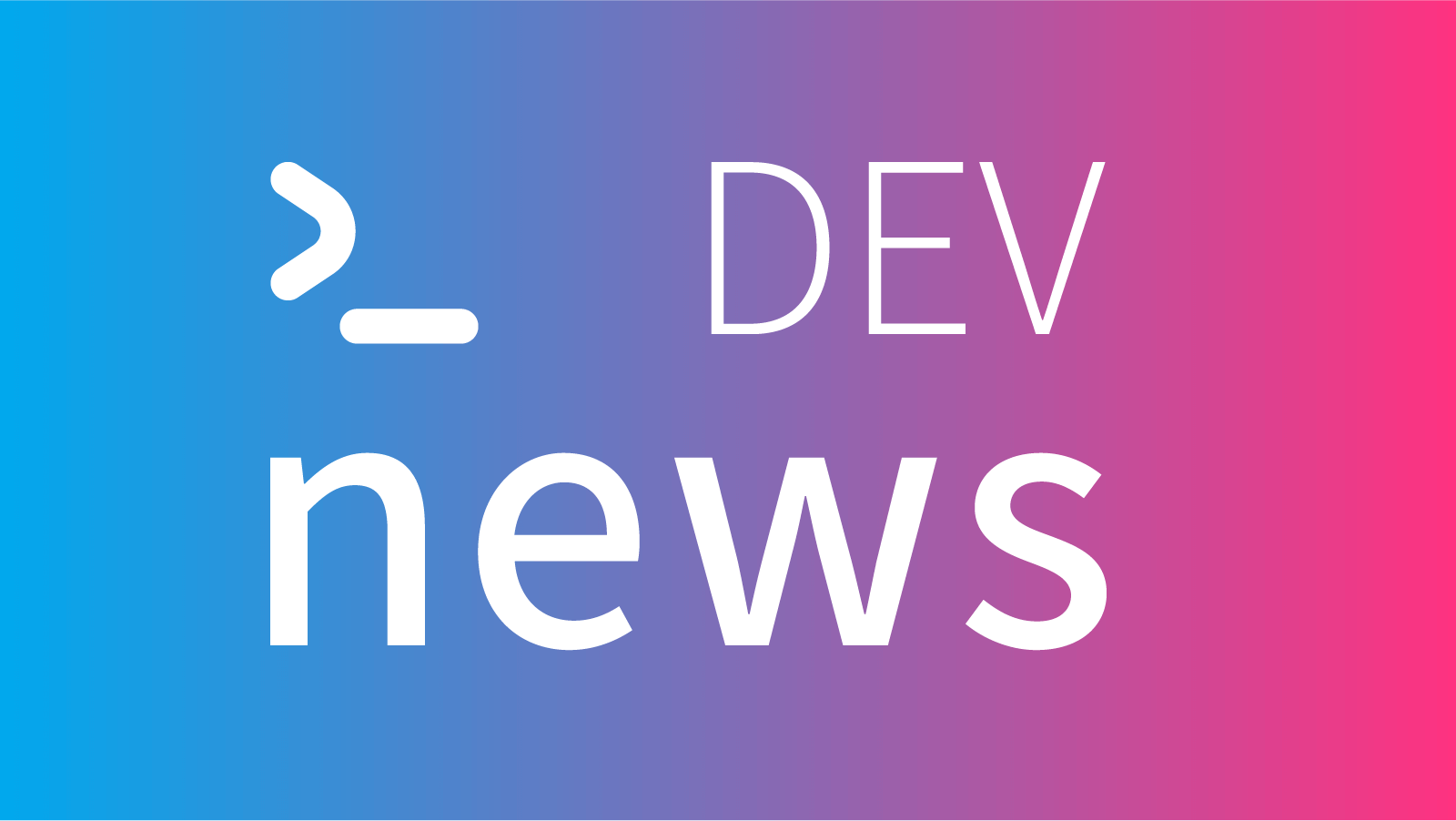Copyright thenewstack

Vercel introduced Agents and Services to its marketplace this week, enabling developers to add AI-powered workflows to a project through native Vercel integrations. Unified billing, observability functions and install flows are built into the platform, the company stated. That’s traditionally been a headache when integrating AI agents into production because it required managing separate dashboards, billing systems and authentication flows. The marketplace offers two types of AI building blocks: Agents, which handle specialized work on your behalf; and Services, which provide the infrastructure to build and run your own agents. “Together, they let you start with pre-built agents to accelerate workflows, then build custom agents when you need them,” the company stated. At launch, the marketplace offers the following agents: CodeRabbit, an AI review platform, which allows collaborating on code changes with automated reviews. It can analyze pull requests then provide feedback on code quality, security and best practices. Corridor, which monitors applications for threats with real-time security detection. It searches for suspicious patterns and alerts a development team before issues reach production. Sourcery, which can review and generate code. It provides instant code reviews for every change made to your project to cut down on bugs and security risks. These agents integrate with GitHub through a single onboarding flow. Once installed, the agent begins monitoring repositories and acting on changes according to its specialization, Vercel stated. Services provide infrastructure for custom agents, giving developers the foundation to create, customize, monitor and scale agents. “These are the primitives that turn ideas into reliable production workflows,” Vercel noted. As of launch, the six available services are: Braintrust, an agent observability platform that helps teams build quality AI products through systematic testing and monitoring. It trains, tests and manages custom agents with evaluation frameworks. Kubiks, which provides automated remediation, orchestrates multistep AI workflows and fixes issues before production. Autonoma automates regression testing with an AI-powered platform that catches bugs before production. It requires zero lines of code to set up. Chatbase provides analytics and tuning tools for conversation AI, building, analyzing and optimizing customer-facing agents. Kernel, a developer platform that provides browsers as a service for AI agents to use the internet. It hosts and scales browser automation infrastructure in the cloud. Browser Use, which turns browser interactions into programmable action. AI agents can control real browsers to automate web tasks with natural-language commands. These services plug into Vercel workflows so developers can build agents specialized for their company, products and customers. The services integrate with CI/CD, observability or automation workflows on Vercel. RedwoodSDK 1.0 Beta Comes with Cloudflare Primitive Integrations Earlier this month, React-based framework Redwood.js dropped its new RedwoodSDK 1.0 Beta. “This marks an important step on our journey to a stable v1.0 release, bringing greater stability, clarity and performance to developers building full-stack React apps on Cloudflare Workers,” wrote Herman Stander, a core team developer who also deals with marketing. The blog post explains why this matters, clarifying that the mission of the SDK is to “make it effortless to build full-stack React apps that run natively on the edge.” Stander notes that developers want three things from the SDK: Predictability, meaning “a stable dev loop that works the same locally as it does in production;” Clarity, meaning less hidden magic, more visibility into what the code does; Integration, or first-class access to Cloudflare’s primitives such as Durable Objects, D1 and R2. With beta 1.0, it’s starting to deliver on those goals, Stander said. He added the beta release focused on providing foundational stability and architectural improvements such as simpler project scaffolding, improved hydration and streaming, consistent middleware and integration with popular UI libraries. “This release is the beginning of a new chapter,“ Stander wrote. “With RedwoodSDK v1, we’re moving closer to a world where building edge-native, full-stack React apps feels natural, productive and fun.” A full roadmap for version 1 is available on the GitHub repository. Gemini’s API Now Offers Google Maps Tool Google has added its Google Maps tool to the Gemini API, which will allow developers to ground their applications with Maps data. “This allows developers to connect Gemini’s reasoning capabilities with data from more than 250 million places, allowing a new class of powerful, geospatial-aware AI products,” Google wrote. “Just like Grounding with Google Search, Grounding with Google Maps provides rich, up-to-date data to the model for any query where location information is helpful.” Grounding means that Gemini is using authoritative, real-world data from Google Maps rather than relying only on its internal, generic training data. This ensure Gemini’s answers are factually accurate and relevant to the physical world. The announcement included a video that shows the functionality in Google AI studio. Developers will need to enable the Grounding with Google Maps tool in the Gemini API request. Sample code in Python is provided as an example of how to enable it. “To make it easier to visualize grounded Maps results, you can also use the returned context token to retrieve an interactive widget that you may optionally render in your application UI, giving users a familiar experience complete with relevant photos, reviews and other details,” the announcement stated. Developers can use Grounding with Google Maps to create helpful experiences across travel, real estate, retail and logistics. The Google team added that the model automatically detects when a query has geographical context and uses Google Maps data to provide a grounded response. “Google Maps uses data from places, and other related content like user reviews, as sources to help generate the response,” Google stated. “You can provide latitude and longitude coordinates to localize search results to specific geographic locations.” The announcement said it can be used for providing detailed itinerary planning, hyper-local personalized recommendations and place-based answers. React Still Top Framework in The Pragmatic Engineer 2025 Survey Mirror, mirror on the wall, what’s the most popular framework of them all? When it comes to frontend frameworks, that would be React, according to a recent survey of more than 3000 readers of The Pragmatic Engineer. React has been the leading framework since 2022, when 76% of developers used it, the site noted. In this survey, it was mentioned by nearly 1,200 respondents as the top frontend framework. When it comes to meta frameworks — frameworks built on top of React, Angular, Svelte, Vue.js or jQuery — the clear leader was Vercel’s open source Next.js, with 163 mentions. Nuxt, a Vue.js framework, Remix, a full-stack React framework and Astro, a modern static site builder that supports multiple frameworks, all received mentions in the survey. Other frontend-style tools that received mention included Tailwind CSS at 170 mentions. The Pragmatic Engineer team noted that Tailwind CSS “seems to be becoming the preferred choice for many frontend teams.” React Native emerged as the most popular cross-platform framework cited in the survey. The full post looks at the results for other frontend tools, including package managers such as npm and Yarn; build tools such as Vite, Webpack and Bun; and mobile operating systems. API tools were also ranked in the survey.



